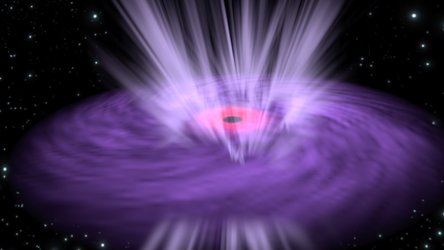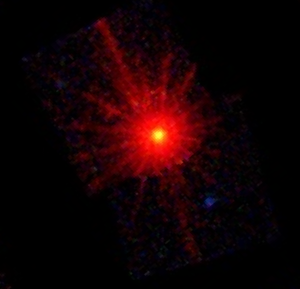
Applications
Black hole eats a super-Jupiter
Astronomers using ESA’s Integral and XMM-Newton space telescopes, NASA’s Swift and the MAXI (Monitor of All-sky X-ray Image) instrument on the International Space Station have made the first detection of a substellar object being disrupted by a black hole. The discovery was made in the 47 million-light-year-distant galaxy, NGC 4845.
substellar object moving through space and encountering the black hole, whereupon its outer layers are ripped away and spiral towards the black hole. The debris becomes heated and emits a blast of X-ray radiation before fading away once the material is consumed.
The object lies in the mass range of 14–30 Jupiter masses, corresponding to either a brown dwarf or a large gas planet.






